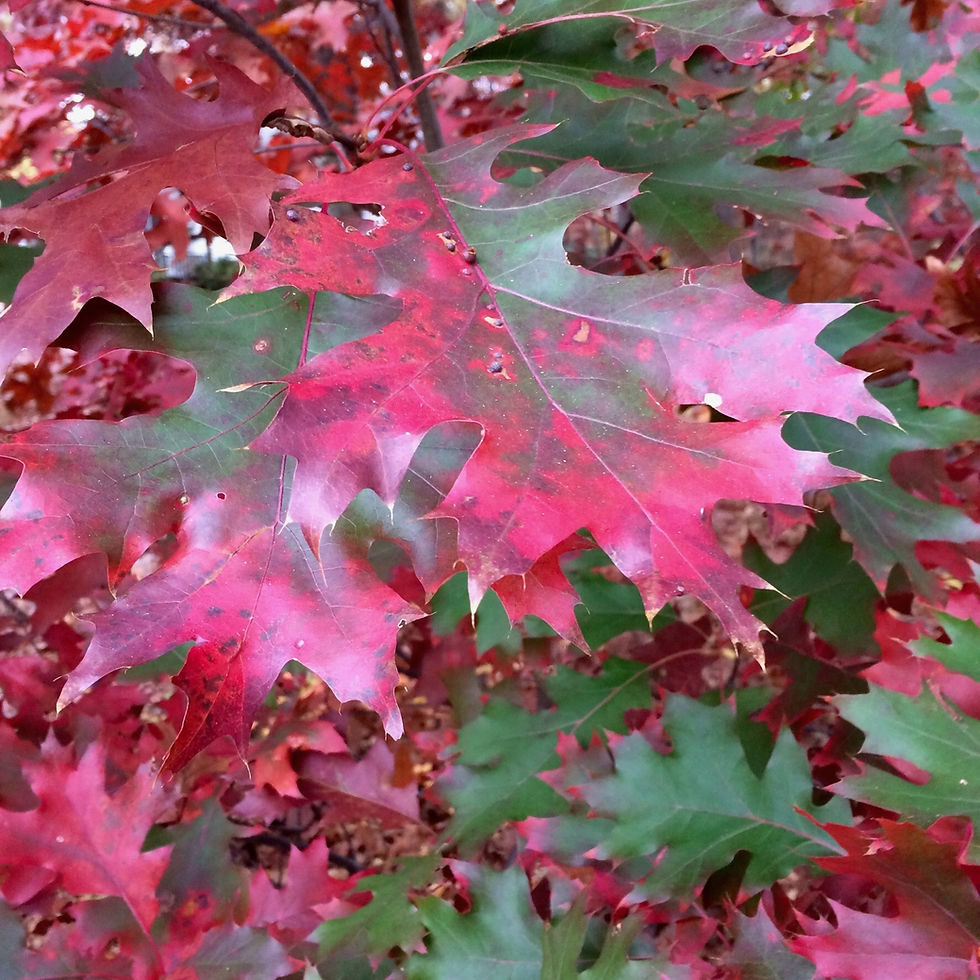Native Plant of the Week: False Sunflower
- Kimberly Simmen
- Aug 19, 2024
- 2 min read
Family: Asteraceae
Name: Heliopsis helianthoides
Common Name: False Sunflower, Oxeye
Bloom Time: June-August
Flower: Yellow
Soil Condition: Dry-moist
Light: Sun, Partial sun
Height/Width: 3-5'/1-3'
Native Range: Central and Eastern North America
Zone: 3-9
Photos (KMS Native Plants): top row: flower bud, flower, closeup of the flower disc (center with 100s of flowers) and rays (petal flowers), middle row: habit, transverse banded drone fly (Eristalis transverse), two-spotted scoliid wasp (Scolia dubia), third row: sachem skipper (Atalopedes campestris)
False Sunflower is a sometimes short-lived perennial but it self-sows easily to create a haven for pollinators and a feast of seeds for songbirds. The flowers may be yellow, golden-yellow, or copper-yellow. Great mixed into a meadow, cottage garden, cutting garden, low maintenance garden, and a water-wise garden. It makes a great cut flower.
Maintenance: none necessary but it benefits from a cutback in the spring and deadheading during the season (remember to leave plenty for the songbirds)
Benefits: supports many pollinators and beneficial insects, specialist bee (ground nesting bee - Holcopasites heliopsis), songbirds eat the seeds, drought tolerant, clay soil tolerant, erosion control
Fun Facts: The disc and ray florets of the species are all fertile. Native Americans may have made tea from the leaves to cure various lung ailments and reduce fevers.
Noteworthy Cultivars: 'Burning Hearts' - yellow with red center, 'Bleeding Hearts' - dark foliage and flowers that start red, change to orange-red and then bronze
Companion Plants: Monarda fistulosa (wild bergamot), Liatris spicata (blazing star), Elymus virginicus (Virginia wild rye), Vernonia noveboracensis (NY ironweed), Symphyotrichum novae-angliae (New England aster), Phlox paniculata (garden phlox)
=============================================================
References:

























Comments